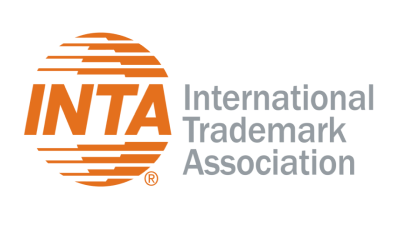Article 7(1)(b) of the EU Trademark Regulation plays a pivotal role in the registration process, emphasizing the uniqueness required for a mark to be eligible for protection. It is well established that the distinctive character of a mark must be first assessed by reference to the goods or services covered by the mark and, secondly, by reference to the relevant consumer’s perception of the mark. In essence, a trademark should fulfill its function as an indicator of origin to enable the consumer, without any possibility of confusion, to distinguish that good or service from others.
However, Article 7(1)(b) does not require a specific level of linguistic or artistic creativity or imaginativeness from the trademark owner. It neither requires originality nor novelty. Nevertheless, in a recent case, the examiner rejected the HARIBO Goldbear figurative mark for most of the goods applied, causing the Applicant to appeal the decision (R 872/2023 – 4).
The examiner argued that the mark’s appearance didn’t deviate substantially from the norm in the relevant sector and that consumers typically prioritize a product’s label or name over its shape, packaging, or decorative elements. It was further contended that the lifelike representation of a gummy bear is frequently used for decorative, artistic, or aesthetic purposes. Consequently, the mark was deemed to be merely a variation of commonly used decorative elements or packaging and, thus, not distinctive. Unfortunately, these are common hurdles that proprietors of 2D and 3D marks often encounter.
Indeed, it is challenging to establish distinctiveness for a 3D mark. The notion that consumers typically do not infer the product’s origin based solely on its shape or packaging may also be extended to a 2D mark that could be interpreted as representing a 3D shape. The closer the shape resembles the expected form of the goods, the higher the probability that the mark lacks distinctiveness.
However, as asserted by the Board of Appeal in this case, the possibility that some of the disputed goods might adopt the form of a gummy bear does not automatically prove that the mark depicts the shape of those specific goods. Goods are susceptible to various forms, including that of the contested mark. The fact that some of the goods may take the shape of the mark does not mean that the consumer would associate the motif of the mark with these goods. Consequently, since the HARIBO Goldbear mark did not resemble the shape that the contested goods are most likely to take, and there was no indication that it is a commonly used motif for those goods, it was argued that the mark possessed the minimum level of distinctiveness required for protection as a trademark.
Furthermore, one may argue that a mark may be perceived as a mere decorative element and, therefore, incapable of being an indicator of origin. In this case, the Board of Appeal concluded that the fact that gummy bears have been used on some occasions as a decorative element is irrelevant, and the consumer can still perceive the image of a gummy bear as a distinctive mark.
Indeed, nothing prevents a distinctive mark from also serving other purposes, such as a decorative purpose. Merely being aesthetically pleasing, attractive, or eliciting positive emotions and reinforcing the urge to make a purchase are insufficient grounds for excluding a mark from registration.
To conclude, distinctiveness is a cornerstone of trademark law as it safeguards the integrity of the marketplace and promotes fair competition and consumer protection. It underscores the importance of trademarks in establishing and reinforcing brand identity. Nonetheless, it would come as a surprise to conclude that certain marks are deemed to lack distinctiveness merely because similar marks have occasionally been used to adorn goods that are entirely dissimilar to the original mark. Therefore, apart from reassuring 2D and 3D trademark owners that their marks can still be registered in the face of several challenges as illustrated above, this case can serve as a friendly reminder to trademark examiners that marks can serve a dual purpose — decorative and source identifiers.

Written by Marija Farrugia Caruana
Senior Associate, Valletta Legal
You may also like…
INTA to host virtual legal clinic focused on trademarks
The International Trademark Association Pro Bono Committee is hosting a Virtual Legal Clinic on Tuesday, October 29,...
A landmark copyright case with implications for AI and text and data mining: Kneschke v. LAION
In a landmark judgment, the Hamburg Regional Court ruled in Kneschke v. LAION (Case No. 310 O 227/23) that the actions...
“When great power” meets “justice”: the end of the SUPERHEROES trademark era
From an early age, I have been captivated by superhero stories. From Spider-Man to Superman, these characters inspired...
Contact us to write for out Newsletter














